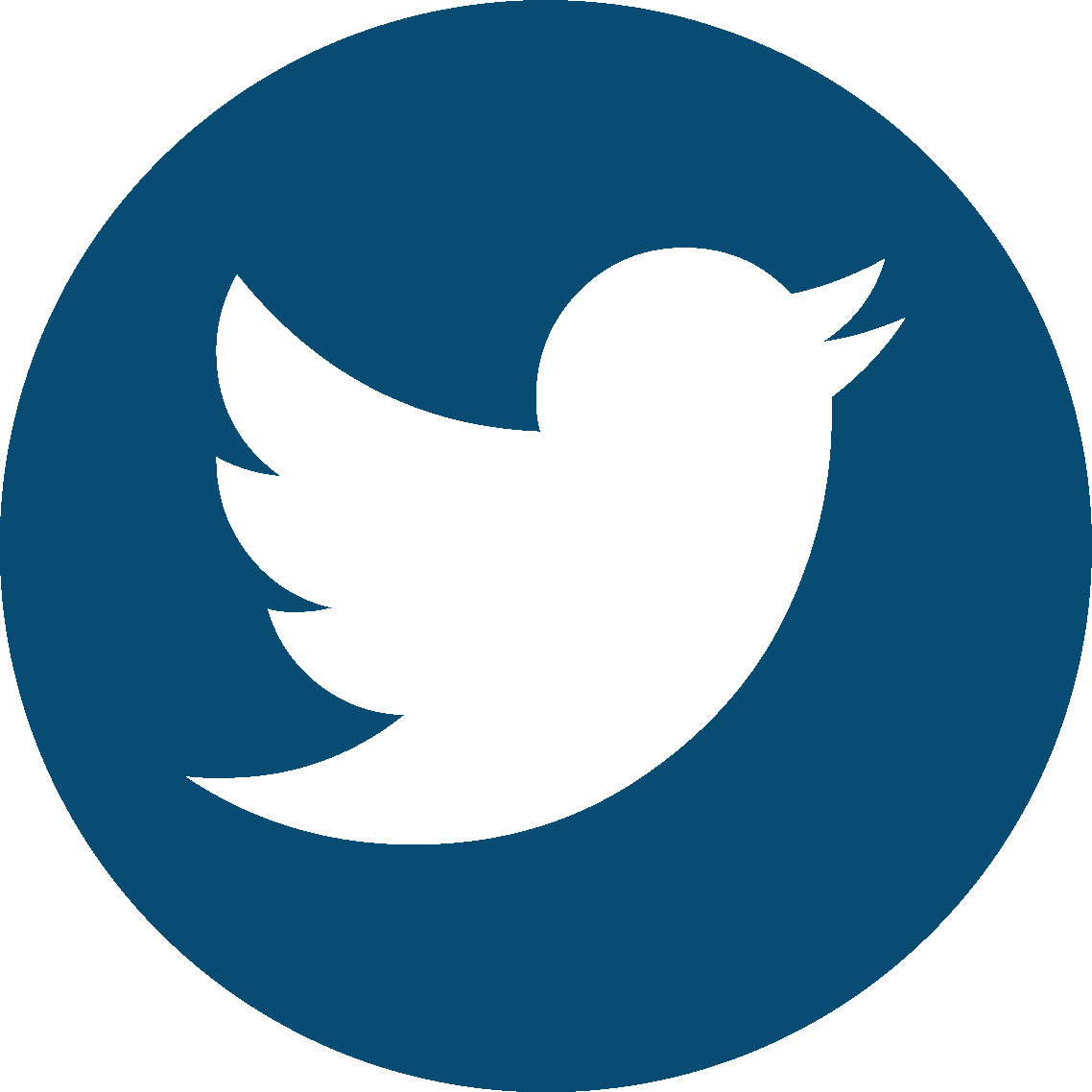The new sports advertising playbook
This newsletter comes from the hosts of The Marketing Architects, a research-first show answering your biggest marketing questions. Find us on Apple Podcasts or wherever you listen to podcasts!
This week we're diving into live sports advertising and why the landscape has become infinitely more complex than it was just 25 years ago. From measurement challenges to co-viewing benefits, here's what brands need to know.
—Elena
Live sporting events have 20-30% higher recall than average programming.
Sports programming delivers both massive reach and more memorable ad experiences. This recall advantage, combined with co-viewing, makes live sports a unique reach multiplier for brands willing to pay the premium.
Buy sports media for reach, not recognition.
The sports advertising landscape has exploded in complexity over the past 25 years. What used to be 3-4 major players is now 15-20 different platforms and networks, each with different measurement standards and buying processes.
Here's how you can adapt to these changes:
- Use sports strategically, not exclusively. Build your weekly reach foundation with lower-CPM programming, then use major sports events to capture light TV viewers you can't reach elsewhere.
- Plan around co-viewing benefits and risks. While co-viewing drops your effective cost per person, it can also lead to hitting the same households repeatedly at premium prices.
- Choose TV spots over sponsorships. A well-executed 30-second TV campaign typically wins against sponsorship packages on a reach and measurability basis. Sponsorships are volatile and carry a "logo tax" that's hard to justify.
- Test and measure incrementally. Use geo-testing around major sporting events to quantify both direct impact and halo effects across your entire marketing funnel before committing millions to events like the Super Bowl.
"America's Golden Era of Live Sports: Why Brands Need to Think Bigger and Smarter"
This Advertising Week article explores the unprecedented lineup of global sporting events coming to the US and how brands can capitalize strategically rather than reactively.
It takes more than showing up.
"Don't mistake activity for achievement."
— John Wooden, former UCLA basketball coach



